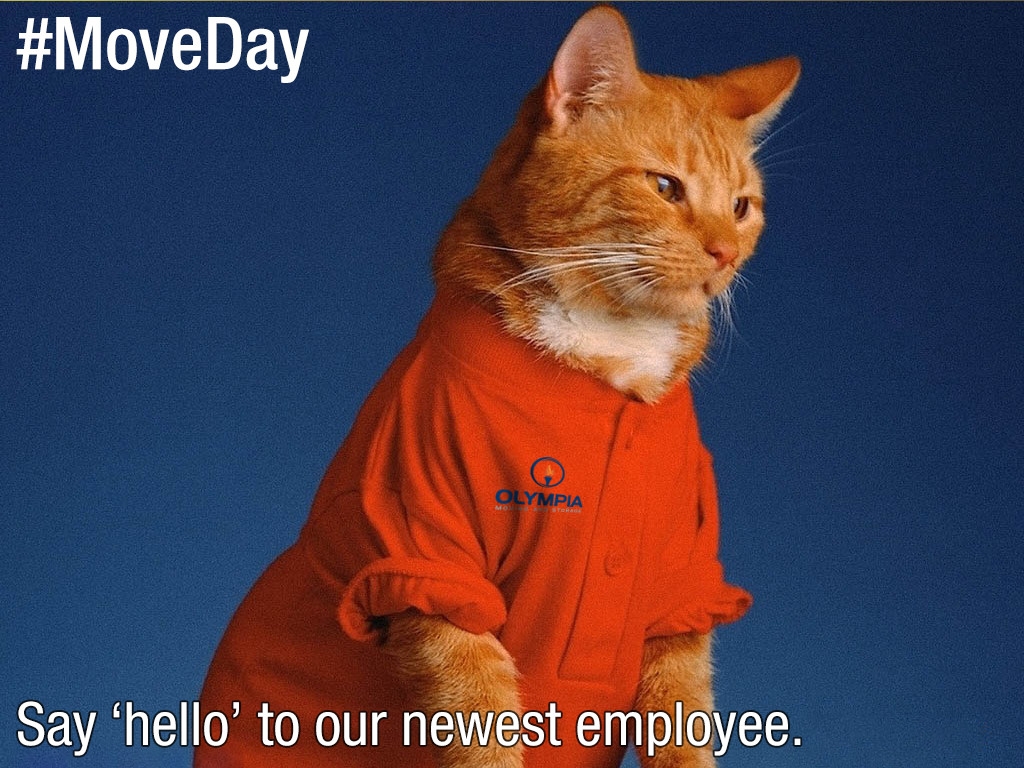The 6 most common type of boxes are:
- Small (Book) Box
- Medium Box
- Large Box
- Wardrobe Box
- Picture Box
- China (Dish Pack) Box
Small boxes should contain your heaviest items, that aren’t super fragile. Make sure you stuff these guys with smaller items that carry weight, i.e. books, CD’s, bricks, etc.
Medium boxes should hold everything else that you wouldn’t put in a small or large box. All miscellaneous items, such as: contents in your drawers, remotes, cable boxes, kid’s toys, etc.
Large boxes should be filled with anything that takes up a lot of volume, but isn’t too heavy. Common items that go in large boxes are shoes, clothing, linens, etc.
Wardrobe boxes hold articles of clothing that are on a hanger. This tall box has a metal rod near the top that can support 25-50 hangers.
Picture boxes are used to carry pictures, mirrors, and/or TV’s. Depending on a picture/mirrors size, you can fit anywhere from 1-5 pieces per box.
China boxes are meant to hold any fragile items. These range from dishes and china, to lamps and fragile decorative pieces.
Most movers offer a full pack options. Taking this route means that the movers will bring their own boxes and pack every last item in your home. WHOA!




